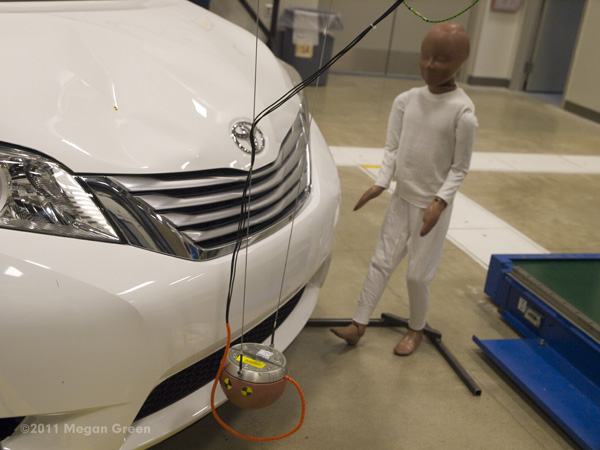
Pedestrians
With the number of electric and hybrid vehicles such as the Prius on the road increasing, concerns over the quietness of these vehicles have been building. Toyota has developed a sound to be projected by external speakers that rises and falls with vehicle speed, isn’t masked by other environmental noise, and can be heard around obstacles and by individuals with some hearing loss. Rollout in the US will begin with the 2012 Prius V. While this addition of sound is not currently regulated by NHTSA, it is expected that it will soon be required by law.
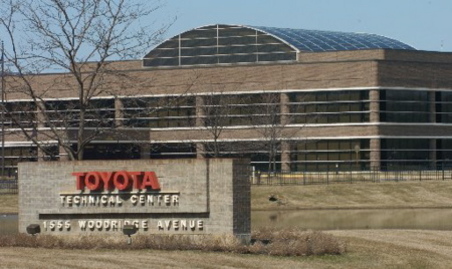 Toyota Technical Center
Toyota Technical Center
Opened in July 2008, TTC was built on a lot of a former sanitarium and re-purposed for the test facility, grinding up the brick of the old building to pave the roads and parking lots of the ~700 acre site. The building itself was designed with the intent and ability to add buildings on either side as needed.
TTC design and data is shared between the North America and Japan teams; more decisions and features are being created in North America to provide the best options in line with the needs of the North American market. Currently, upper body, powertrain and chassis are developed here for the Venza, Avalon, Tundra, Sienna and RAV4 EV, and long-term Toyota is looking to to add development of other models to this roster. Rigorous CAE Crash Simulation using CAD data is done prior to a physical prototype even being constructed. It is more cost effective to isolate how parts react in a crash using this software, and the energy absorption of the parts can be improved before the physical realization of the design. The prototype is then assembled and tested at CSRC facilities.
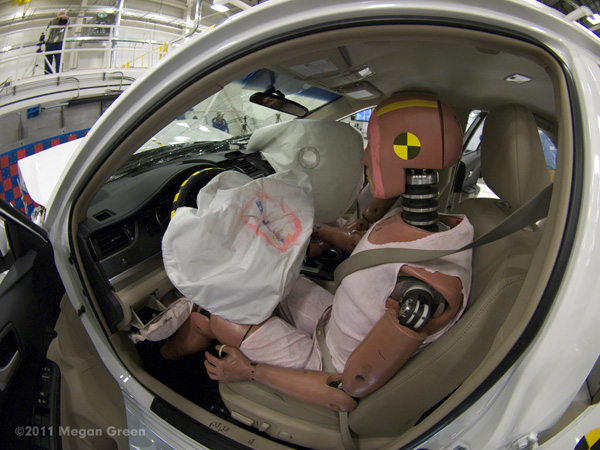
Hundreds of simulations are done to make the front structure of vehicles pedestrian friendly – rather, amenable to pedestrian survival if struck by a moving Toyota vehicle. In the following photographs, a child’s head form weighing 7 pounds and 11.45 ounces (3.5 kg) strikes the front of a Sienna. The ability of the hood to absorb the energy of impact helps to reduce the possibility of pedestrian death.
In the ATD “dummy” lab, dummies designed to react as human bodies react representing humans of various age, sex and physical build are used. Data from impacts is gathered to understand how, among many factors, seatbelt position, posture, weight and age affect injuries received in crashes, and how to mitigate the effects in design and materials of the car build. The quality and repeatability of data is very important. The following shots show a test to collect data on an impact to the thorax.
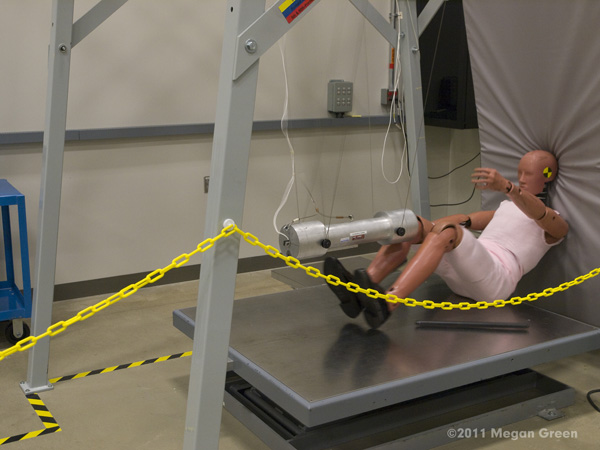
CSRC have performed over 240 live crash tests on their 535 foot track, which is capable of performing two crash tests a day at a maximum speed of 56 mph. Test speed accuracy is within 0.03 mph, and the projected target is hit within 1/5 of an inch of desired impact. High speed cameras shooting up to 200,000 frames per second record the tests for visual analyses. In this series of photos, an eight-day-old 2012 Camry is crashed into a wall at 35 mph. Airbags were deployed, and while the front end of the car was totaled, while the interior stayed intact.
With these and other research initiatives, Toyota is reinforcing their commitment to innovating automotive safety in North America. This is just an overview into a few of the many technologies being developed by Toyota and their partners. For a complete look at these and other research projects such as the Total Human Model for Safety (THUMS), pre-collision system testing, and lane departure warning system, visit the CSRC website www.toyota.com/csrc.
For more information on the Teen Defensive Driving Course, please visit www.toyotadrivingexpectations.com


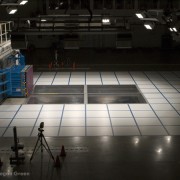
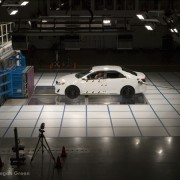
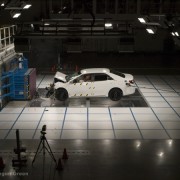
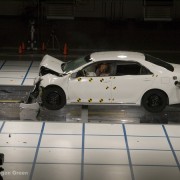
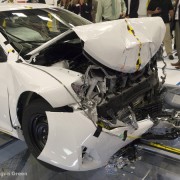
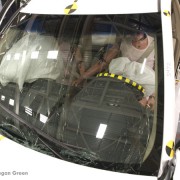
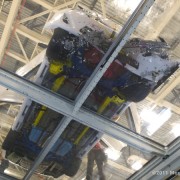
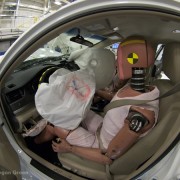
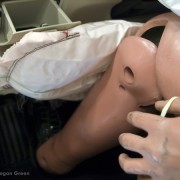
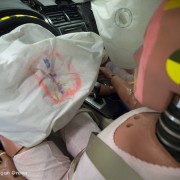
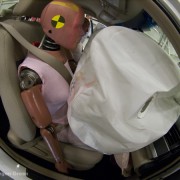
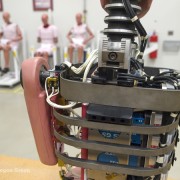
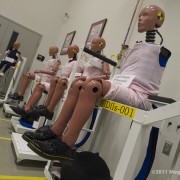
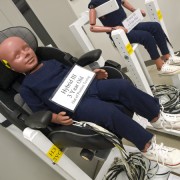
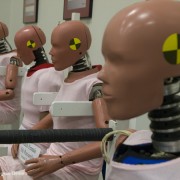
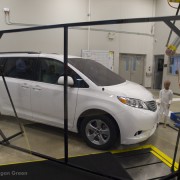
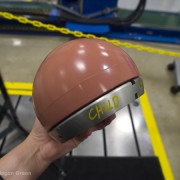
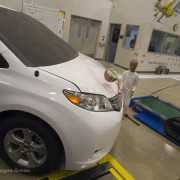
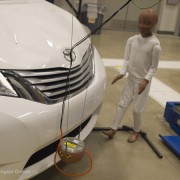
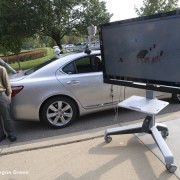
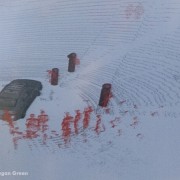
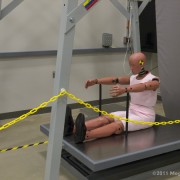
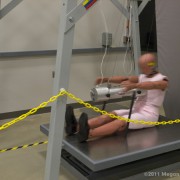
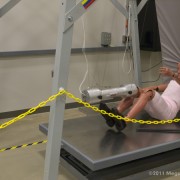
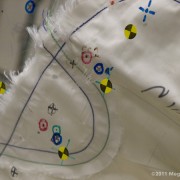
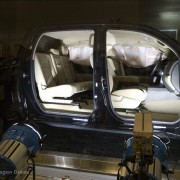
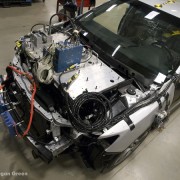
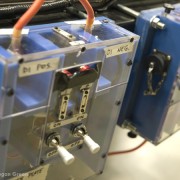
Pingback: База жителей СНГ онлайн